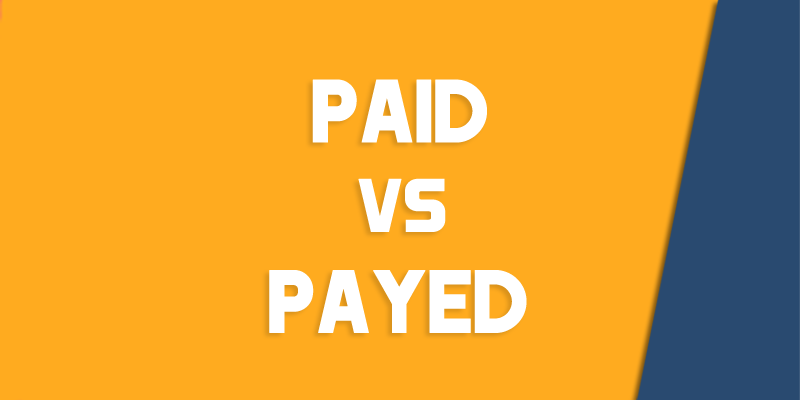


However, collection from the contractor is not the only way for a subcontractor to get paid. Mechanic’s lien rights are provided under varying terms in state laws, and on public projects and some private projects the contractor will have posted a payment bond. Can a subcontractor faced with a pay if paid clause make an end run around it by filing a lien or bond claim? Typically lien laws allow filings and bond terms allow claims for “amounts due” or some similar language. The court held that owner payment being a “condition precedent” of payment to the subcontractor was sufficient, and that no more was needed. Electric Services Corporation. In keeping with previous lower court decisions in Ohio and the general trend elsewhere, the court found such clauses, if sufficiently clear, to be valid. The additional issue before the court was whether the term “condition precedent” was sufficient, or whether the contractor was required to further state that the risk of owner nonpayment was shifted to the subcontractor. The Ohio Supreme Court recently considered pay if paid clauses for the first time in the case of Transtar Electric, Inc. But an “all of the above” approach, making prior owner payment a condition precedent and stating that the intent is to transfer payment risk to the subcontractor, probably works from the contractor’s standpoint in every state that has considered the issue, except in a handful of jurisdictions where legislatures have declared pay if paid to be completely ineffective. Is the word “provided” sufficient to make it pay if paid? Do the magic words “condition” or “condition precedent” have to be used? Is it mandatory to refer to the risk of owner credit failure being transferred from the contractor to the subcontractor? Results have varied, and any contractor desiring to use such a clause should check local court decisions. The common issue in the ensuing litigation has been the terminology that is required in order to avoid pay when paid designation. Since these court rulings, for the most part, were based on the presumed intention of the parties, some general contractors have asked what would happen if there was clearer language reflecting an intent to shift the owner credit risk to the subcontractor. Hence the “pay if paid” clause, expressly making receipt of payment from the owner a condition precedent to the contractor’s obligation to pay the subcontractor. While far from universal (for example, it is still not used in AIA or ConsensusDocs forms), the pay if paid approach has been adopted by many general contractors. The reaction in the states to this development has been mixed. Most courts that have considered the issue have determined that the clauses should be enforced, based on freedom of contract between commercial parties. If taken literally, this language would mean that if the contractor never gets paid by the owner, then the contractor is never required to pay the subcontractor. With rare unanimity, every state that has considered the issue in a reported decision currently has come to the conclusion that it should not be construed in that way. Rather, the courts say, this type of clause is intended to cover the timing of payment in the normal course, but if the contractor does not receive payment from the owner in the normal course, or within a reasonable time thereafter, the contractor remains obligated to pay the subcontractor the amount otherwise due. Thus, the clause is construed to apply only to the timing of payment and has come to be known as a “pay when paid” clause. When does a subcontractor get paid for its work? Not surprisingly, this is one of the enduring major issues in subcontract agreements. The traditional provision is exemplified by AIA Document A401: “The Contractor shall pay the Subcontractor each progress payment no later than seven working days after the Contractor receives payment from the Owner.”


 0 kommentar(er)
0 kommentar(er)
